If the term 'Smart Cities’ feels like it’s been around for ages that’s probably because it has. A smart city is essentially a set of building blocks brought together to deliver additional value. The challenge is knowing which blocks to bring together, when, why, and how.
Some local authorities are still struggling with the 'why.’ Key building blocks like smart parking are well understood, we now have smart city standards, and we will soon have a CCS procurement framework; but many are still failing to look at Smart City solutions and services holistically.
The elevator pitch for Smart Cities rejoices in how silos are broken down through connectivity and service integration. Yet despite this, procurement for full fibre rollout continues in parallel to procurement for EV charging, heat networks, and so forth. All of which are potential components of a Smart City, all have the capability to be smart in their own right, but crucially all of which could be more effective when integrated.
So why bother to join up the various strands of a Smart City? Well, consider the underlying infrastructure: fibre, power and heat all need to go in the ground so if deployment is coordinated, through shared trenching, disruption can be significantly reduced.
Furthermore, fibre rollout requires street cabinets, a number of which will be powered; yet this combination of trenching and power is ideal for EV rollout. Hence benefits can be achieved, for example, by designing the fibre route and powered cabinet positioning via taxi ranks and parking to support rapid charger deployment. Or consider heat networks, these require power, as do fast chargers. Can benefits be gleamed from co-locating e.g. around bus depots or charging hubs?
Due to increasing densification in city centres, it is getting ever more difficult to reinforce the underlying power grid to meet demand. This can lead to situations where development potential is subdued by the prohibitive cost of providing power. However, operating both heat, power and EV charging as part of an integrated energy system has the potential to alleviate some of these issues.
The above measures, coupled with the adoption of new technologies, may well see power bottlenecks eradicated completely. SSE is currently trialling Graphene-based solar generation that can be panel, glass or building cladding. It has an efficiency of circa 54%. This is around three times the world best output from standard PV panels. Using this technology, buildings will become net generators, supporting neighbouring load, enabling the rollout of Rapid EV charging and providing the power needed for heat pumps to warm the buildings. However, this can only be achieved by joining up silos through the introduction of smart systems that control assets, smooth peaks and troughs and manage customer behaviours.
Moving away from energy, more or less all cities have aspirations to roll out ultra-fast broadband. SSE Enterprise Telecoms has taken the innovative step of utilising existing Victorian sewers in London to fix this most modern day of problems by placing fibre in the sewer. This provides a significant discount on trenching costs, thus improving viability. The second is to break out of the sewer at key points and connect to street lights. From there the signal can be propagated using microwave technology daisy chaining down the street and subsequently beaming out into the home. Although not fibre to the home, the bandwidth deployable will be substantial.
Linking such fibre initiatives with smart lighting platforms presents further opportunities. Smart lighting providers, such as SSE’s Mayflower, are extending their offering into additional services such as smart parking, assisted living and air quality monitoring in order to exploit their underlying narrowband communications networks. For example, narrowband for sensors and monitors to support assisted living and fibre to support video GP appointments, diagnostics and counselling. Such communications into the home can alleviate loneliness by enabling social prescribing and befriending volunteer networks.
To answer the "why" and fully grasp smart city benefits takes vision. The final challenge is then the "how" and most notably from a political and not technical viewpoint. Smart city building blocks span silos. To bring them together needs these silos to be broken down which in turn requires strong leadership from the top.
Construction News
22/02/2019
'Let’s Stop Being Dumb" When Planning Smart Cities
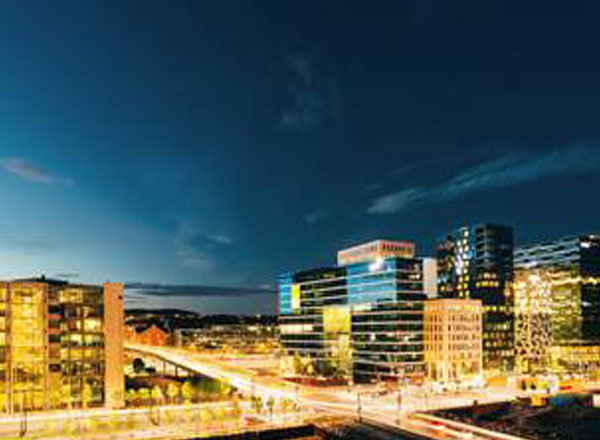
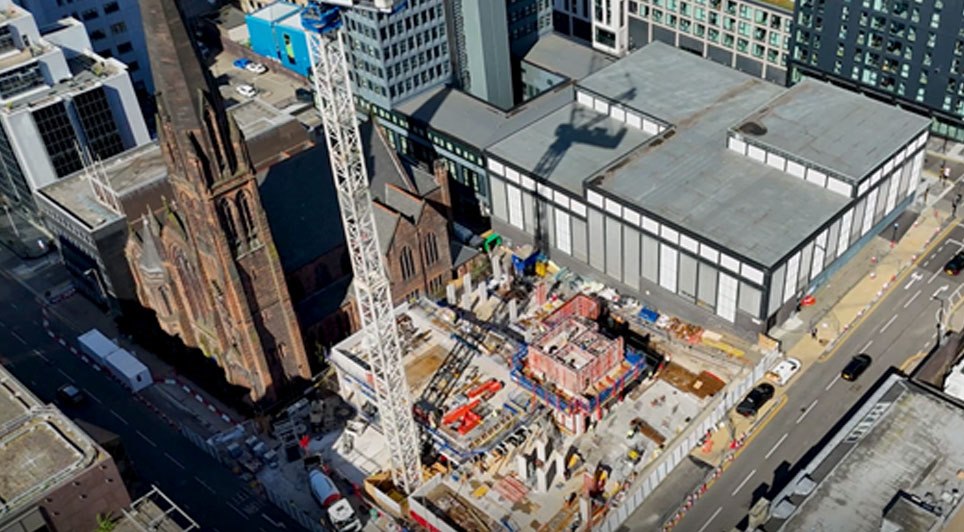
15/04/2025
Construction of a £70 million student accommodation development at 292-298 St Vincent Street in Glasgow has reached a significant milestone, with the building now visibly rising from the ground.
Drone footage has captured the progress of the project, which is a partnership between developer Artisa
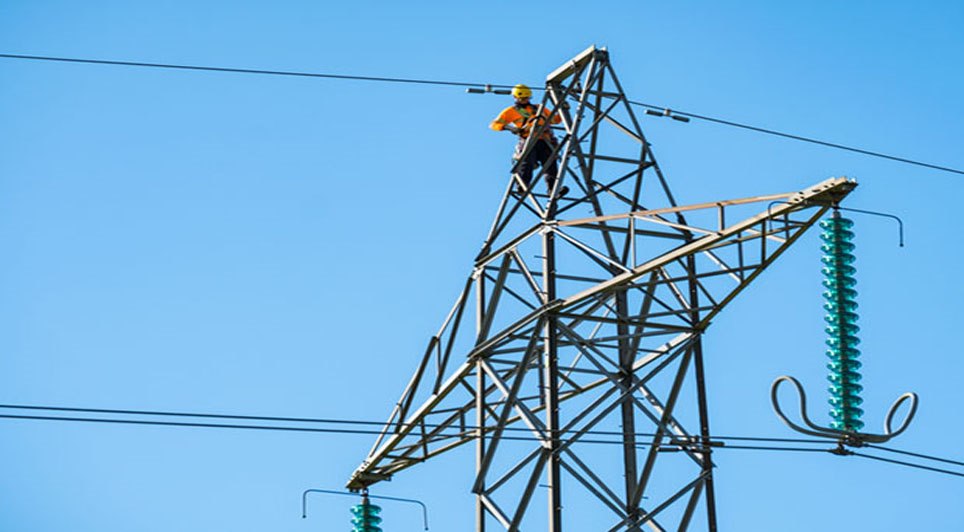
15/04/2025
Energy regulator Ofgem is expected to confirm today (April 15) its finalised Connections Reform process, designed to expedite grid connections for renewable energy projects that are ready and crucial for achieving the UK's clean power targets for 2030 and beyond.
The new connections system, anticip
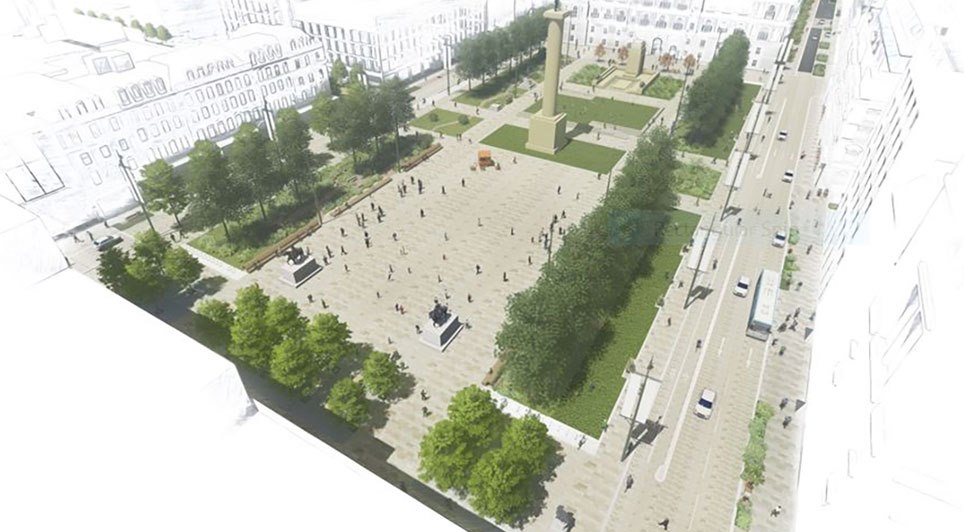
15/04/2025
The ambitious transformation of Glasgow’s landmark George Square has moved into a tangible phase with the commencement of the erection of hoardings around the perimeter of the civic space. Starting today, the hoardings will enclose the Square for the duration of its 18-month redevelopment.
The pane
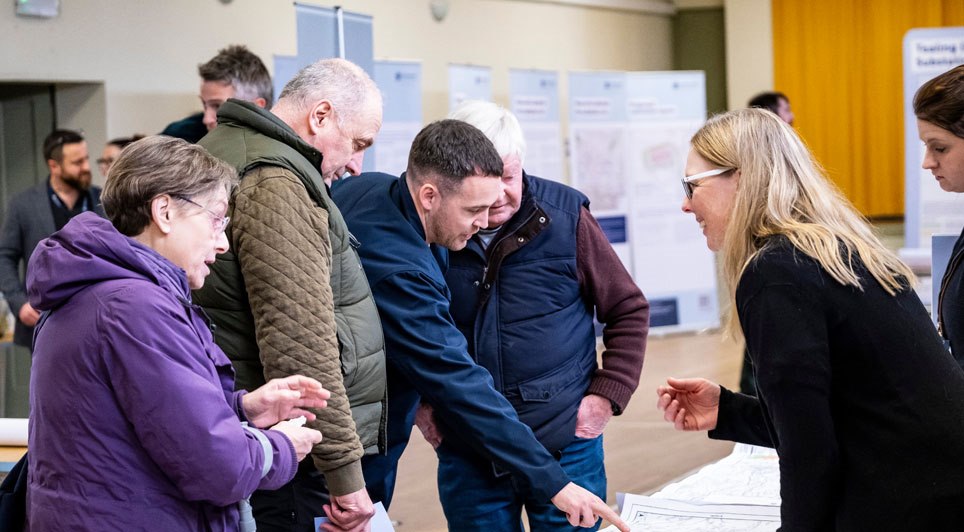
15/04/2025
Members of the public are invited to attend a consultation feedback event to discuss the proposed infrastructure associated with a new underground electricity transmission cable between the Kinardochy and Errochty substations in Perthshire.
The event will take place on Monday, 28 April, from 4 pm t
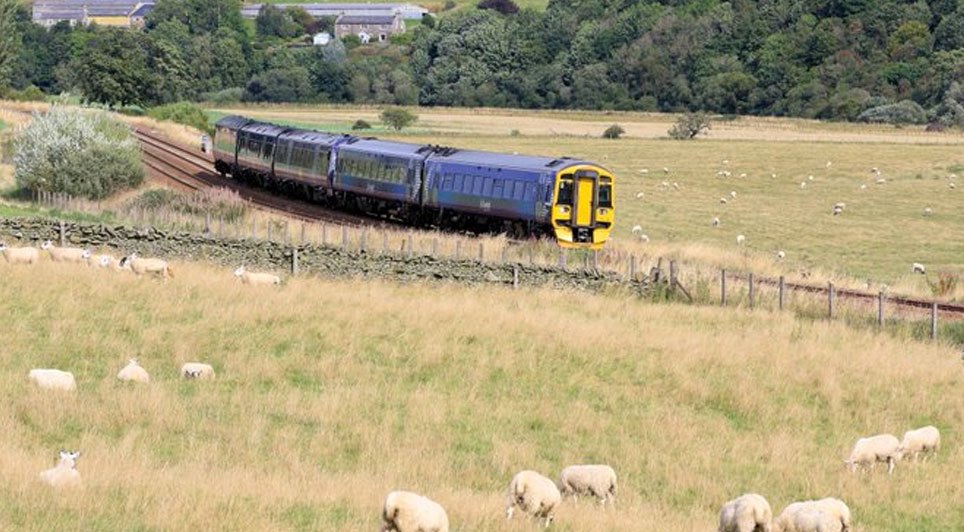
15/04/2025
Turner & Townsend have been appointed as project managers to develop a business case for the potential extension of the Borders Railway beyond its current terminus at Tweedbank to Hawick and Carlisle.
This key appointment will enable crucial work to progress on the project, including feasibility s

15/04/2025
Arran Community Renewables, a Community Benefit Society based on the Isle of Arran, has secured planning consent for a 6 MW solar farm. The Glenkiln Solar Farm, located approximately 1km west of Lamlash, is projected to generate 5,600MWh of clean renewable energy annually from 2027.
The £5 million

15/04/2025
A new Route Map has been published by the Scottish Land Commission (SLC) to ensure communities across Scotland secure tangible and long-lasting benefits from nature restoration projects and investment in the country's natural environment.
The practical guide is designed for landowners, developers,
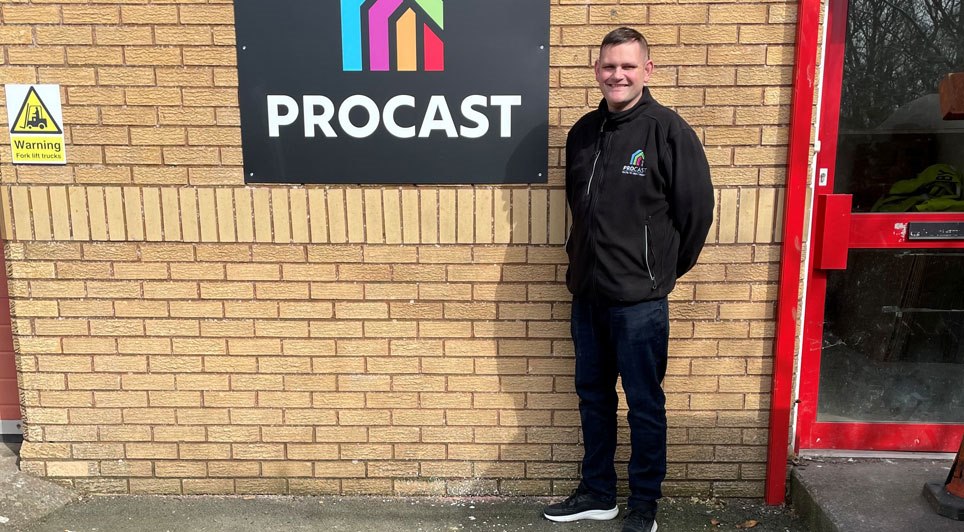
15/04/2025
Award-winning principal contractor Procast Group has further expanded its presence across Scotland with the opening of a new base in Dumfries. The Hamilton-based firm has invested £30,000 in a new warehouse and office facility in the Maxwelltown Industrial Estate in Dumfries and Galloway, marking it
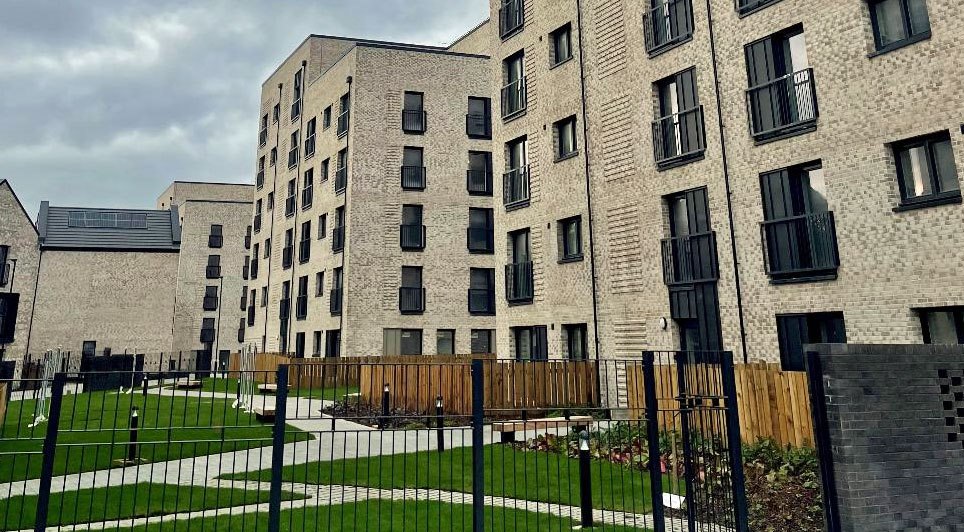
14/04/2025
Glasgow City Council's Affordable Housing Supply Programme (AHSP) facilitated the completion of over 1,000 new affordable homes in the city during the past year, despite facing budgetary reductions at the start of the financial year.
The initial grant of £78.687 million from the Scottish Government
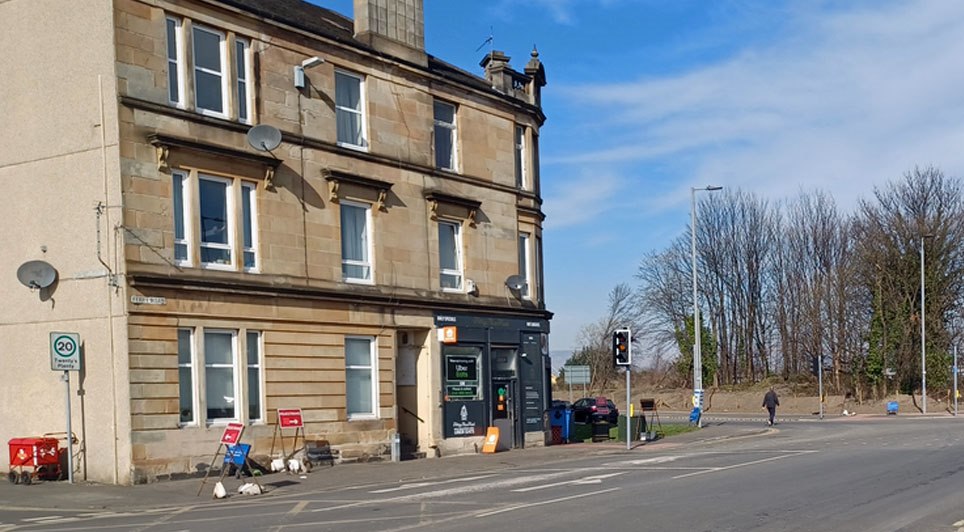
14/04/2025
A key phase of Scottish Water's £11.5 million project to upgrade a strategic rising sewer main connecting Renfrew and Glasgow is set to begin, resulting in a significant road closure.
From Monday, 28 April 2025, Ferry Road in Renfrew will be closed to all vehicular traffic for a period of four mont
 Scotland
Scotland UK
UK Ireland
Ireland London
London











